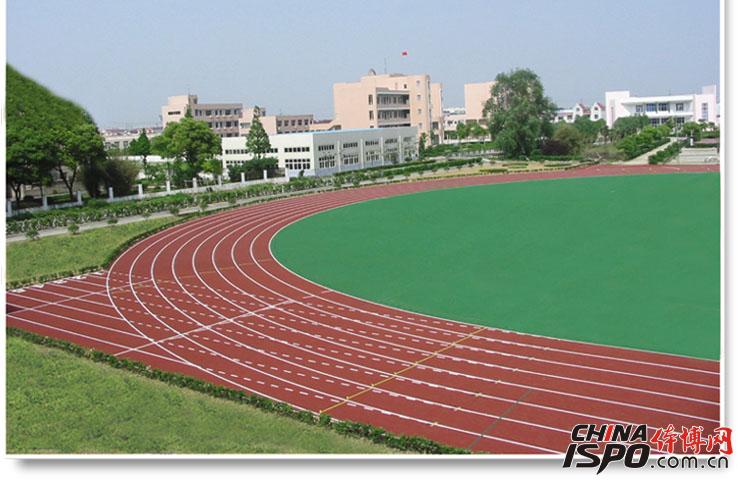Grassland
Running on grass is a great option for those looking for a softer surface that's easier on the joints. It helps improve balance and coordination, as your legs and ankles have to work harder to stabilize your body. Unlike a plastic track, you don't need to constantly adjust your direction or worry about sharp turns.
However, uneven terrain can be a challenge. If the grass has lots of bumps or holes, it increases the risk of twisting your ankle. Also, running on wet grass can be uncomfortable and slippery. Finding the perfect grassy area that’s flat and safe isn’t always easy.

Plastic Track
A plastic track is often the best choice for most runners. It offers a balanced level of firmness and softness, making it comfortable while still being supportive. It's also safer since you don’t have to worry about traffic or obstacles. You can easily track your distance by counting laps, which is great for training routines.
One downside is that you usually run in a counterclockwise direction, which can lead to muscle imbalances over time if you don’t switch directions. Plus, many tracks are circular, which might get boring after a while. If you're overweight, a plastic track is a good option for protecting your knees.
3. Treadmill
A treadmill offers a controlled environment where you can focus entirely on your run without worrying about weather or traffic. It's ideal when the outside conditions aren’t favorable. Some models even let you watch TV or listen to music while you run, making it more enjoyable.
But there's a difference between running on a treadmill and outdoors. The feel of the belt and cushioning may not fully replicate the experience of running on real roads. Over time, this could affect your leg strength and technique. To avoid this, it's a good idea to mix in some outdoor runs occasionally.
4. Asphalt Road
Asphalt is typically the next step for serious runners. Transitioning from a track to asphalt requires some adaptation due to its higher friction and hardness. It’s the standard surface for most long-distance races and gives a realistic feel of road running.
While it's less monotonous than a track, it can be tough on your body if you run too much or use poor form. Many asphalt roads are slightly sloped for drainage, which can affect your posture. I recommend planning a loop route whenever possible and always staying aware of traffic signals. Stop gradually at red lights to protect your knees.
5. Outskirts or Wilderness
Running in the outskirts or natural areas offers a moderate surface that's neither too hard nor too soft. It avoids the risks of soft ground while providing a natural, scenic environment. It's a great way to enjoy nature and break up the routine of city running.
However, it's not always advisable, especially for women. If you choose to run in remote areas, make sure to inform someone of your plans. Carry a phone, a personal ID with emergency contact info, and some cash just in case. Always stay alert and be aware of your surroundings to avoid potential dangers.
6. Cement Road
Cement roads are extremely hard and not recommended for regular running, as they can put extra strain on your knees. Unless absolutely necessary, it's better to avoid them to prevent injury.
Soft Touch Pvc Edge Banding,Environmental Kids Room Edge Banding,Decorative Pvc Edge Banding,Soft Touch Edge Banding
Jiangxi Cuckoo New Material Co.,Ltd , https://www.jxcuckoo.com